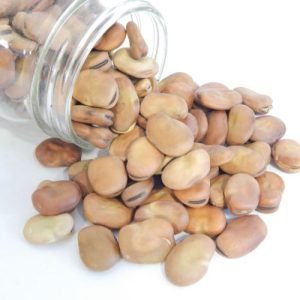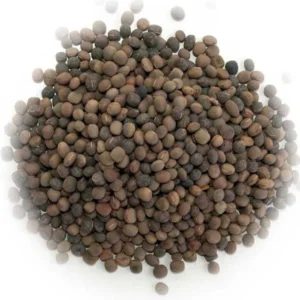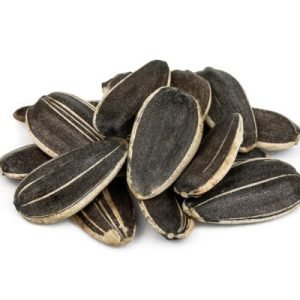Wheat Grain: A Global Agricultural and Nutritional Staple
Wheat grain, a fundamental cereal crop, holds a crucial place in global agriculture and nutrition. This versatile grain is a dietary staple worldwide, cherished for its adaptability, nutritional benefits, and its key role in producing a wide variety of food products.
Nutritional Value and Composition
Characterized by its golden color and small, oblong kernels, wheat is packed with essential nutrients. It serves as a major source of carbohydrates, providing a quick and efficient energy boost. Additionally, wheat contains significant amounts of protein, dietary fiber, and vital vitamins and minerals, making it a highly nutritious grain.
Adaptability and Types of Wheat
One of the standout features of wheat is its ability to thrive in various climates, leading to its widespread cultivation across different regions. The two primary types of wheat—hard wheat and soft wheat—offer distinct characteristics:
- Hard wheat: Rich in gluten, ideal for bread-making.
- Soft wheat: Perfect for pastries and other baked goods.
Culinary and Industrial Applications
Wheat grain is a cornerstone of many food products, with flour being the most notable. Wheat flour serves as the foundation for an array of foods, including:
- Bread
- Pasta
- Pastries
- Baked goods
Beyond food, wheat plays a crucial role in animal feed and is also used to produce wheat germ oil and wheat bran, highlighting its versatility.
Cultivation Process
Wheat cultivation follows a comprehensive process that includes planting, growing, harvesting, and milling. Once harvested, wheat grain undergoes transformation into various products that find their way into kitchens around the world.
Global Importance of Wheat
Wheat’s widespread availability and impressive nutritional profile make it a vital component of a balanced diet. Whether enjoyed as freshly baked bread, a comforting bowl of pasta, or a wholesome grain in salads and side dishes, wheat grain continues to be a staple in the global food landscape.







